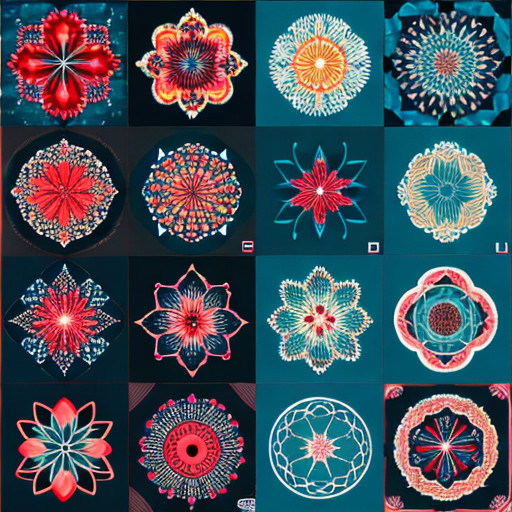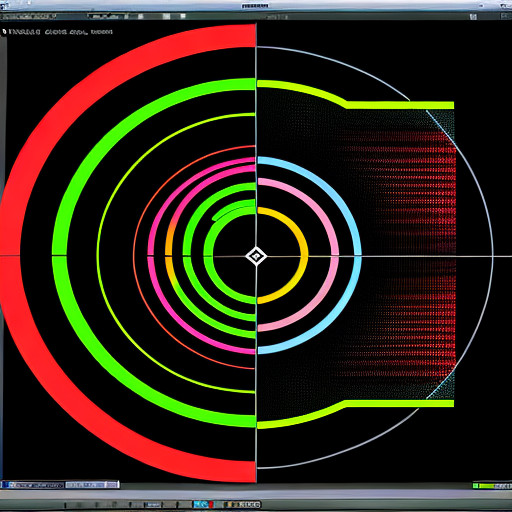Understanding Software Design Patterns and Principles
Software design patterns and principles are essential concepts for creating well-structured, maintainable, and scalable code.
1. Design Patterns
Design patterns are reusable solutions to common software design problems. They provide templates for solving issues like object creation, interaction, and responsibility distribution.

2. Creational Patterns
Creational patterns, such as Singleton and Factory, focus on object creation mechanisms, ensuring efficient and controlled instantiation of objects.

3. Structural Patterns
Structural patterns like Adapter and Decorator help define relationships between objects, enabling better composition and flexibility in the system.
4. Behavioral Patterns
Behavioral patterns, including Observer and Strategy, manage communication and collaboration among objects, enhancing the overall functionality of the software.
By combining these patterns with design principles like SOLID (Single Responsibility, Open/Closed, Liskov Substitution, Interface Segregation, Dependency Inversion), developers can create modular, adaptable, and easily maintainable codebases.
Mastering software design patterns and principles empowers developers to make informed design choices, leading to more robust and adaptable software systems.
